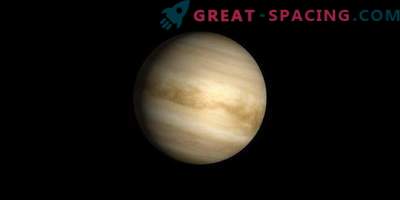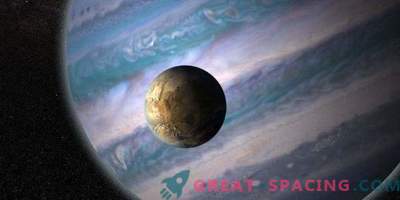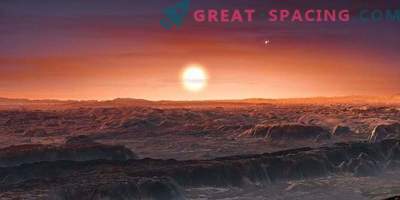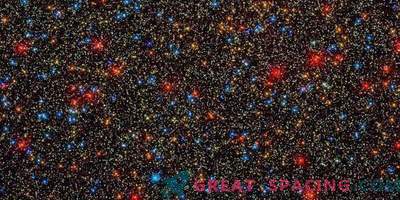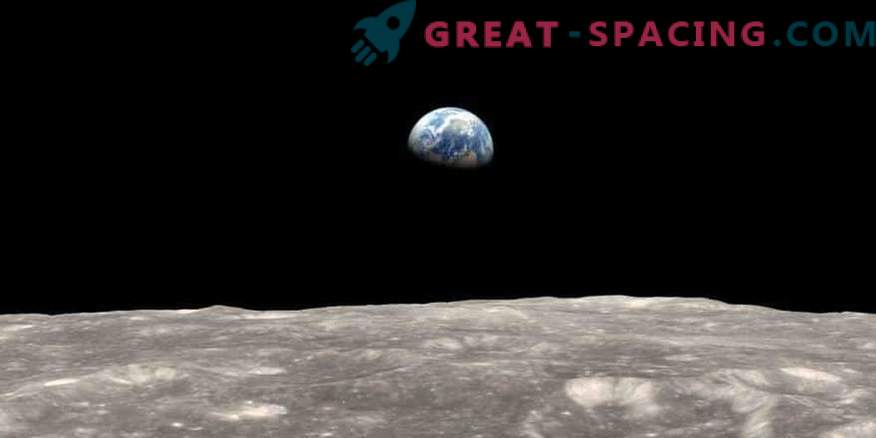
Professor of Astrophysics at the Faculty of Physics at Oxford University, Christopher Lintott, claims that a huge number of planets in the universe increases the chances of newcomers. But searches should focus on objects with large moons.
Some scientists believe that the origin of earthly life is due to the presence of our planet a large natural satellite. The theory says that the gravitational pull of a massive moon is capable of stabilizing the rotation of the planetary axis, leading to a more developed ecosystem and providing an excellent chance for the beginning of life.
Lintot believes that it is to the Moon that we owe our strong position, adding: “Mars did not have a sufficiently large satellite, therefore, it fluctuates and passes through mass climatic instability.” Therefore, the professor insists on finding a planet with a large moon. Although he believes that in the next 10 years, the chances of meeting with alien life are almost nil. Lintott noticed other problems when searching for aliens. Life needs earthly parameters, like water and a solid surface. There are 17 billion Earth-like planets in the Milky Way. And even half of this number seems incredibly promising for finding other creatures.
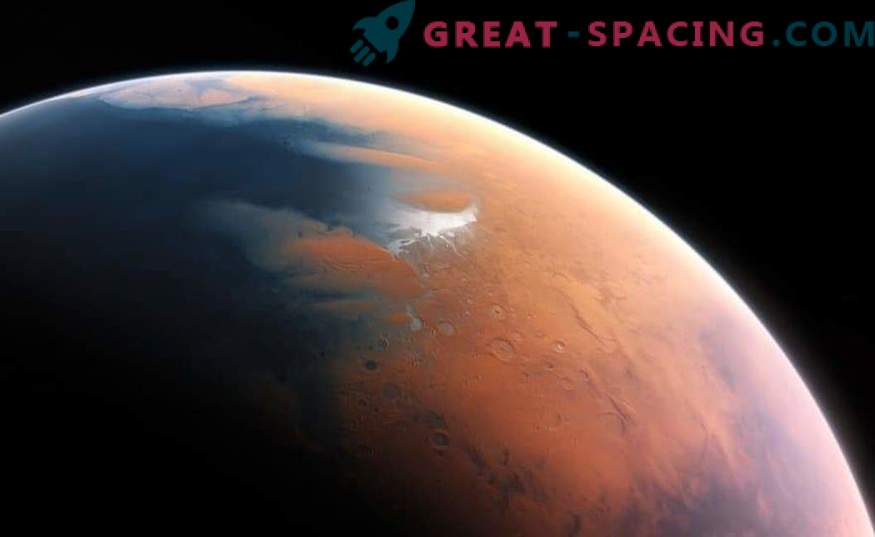
Mars does not have a sufficiently large moon, therefore, fluctuates, leading to mass climatic instability
But the problem is that most of the found planets are too red hot due to the proximity to the stars (closer to Mercury to the Sun). Now scientists can guess where to look for life, but there is no exact data as it appeared. In the end, it may happen that the earthlings simply pulled out a random winning ticket. But this is not a reason to stop searching.

